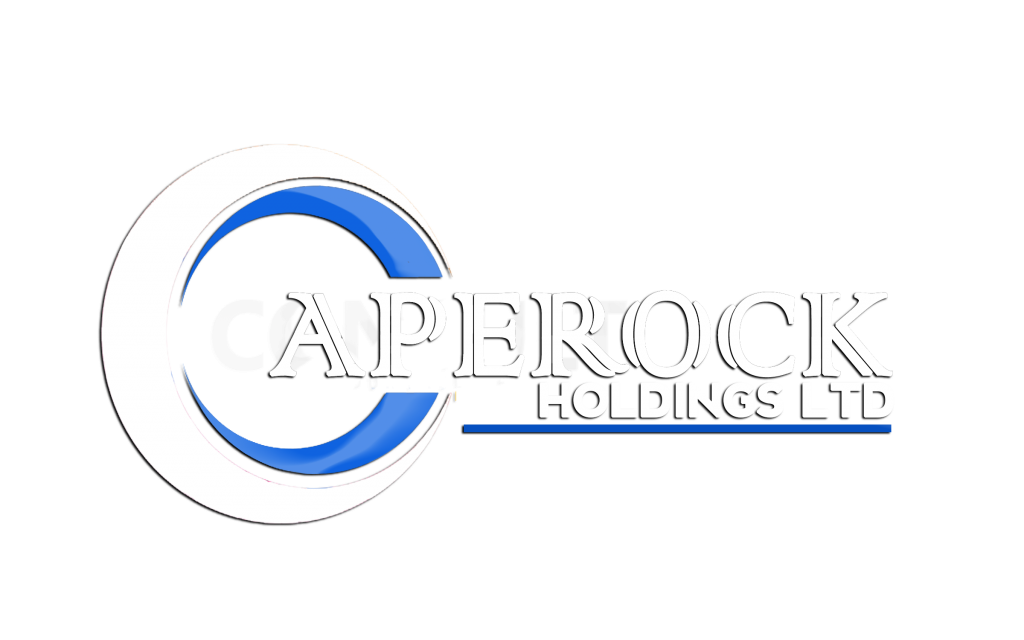CAPEROCK HOLDING LIMITED
STOCKS
caperock holdings ltd
STOCKS

A stock can be defined as a security that represents the ownership of a fraction of the issuing corporation. Units of stock are called “shares” which entitles the owner to a proportion of the corporation’s assets and profits equal to how much stock they own.
Corporations issue stock to raise funds to operate their businesses and the holder of stock, a shareholder, may have a claim to part of the company’s assets and earnings.
With this been said, it will do well to bring to your notice that buying stocks can sometimes be risky because it can rise and also fall within a space of time. This is where Caperock Holdings Limited comes in, we help you to make the right choice as to the stocks to buy so you wont loose your money after buying it.
GROWTH STOCKS AND VALUE STOCKS
Value and growth investing are two different investing styles. Usually, value stocks present an opportunity to buy shares below their actual value, and growth stocks exhibit above-average revenue and earnings growth potential.
Growth stocks can be said to have relatively high valuations as measured by price-to-earnings or price-to-book value ratios. However, they also see faster growth in revenue and income than their peers.
Growth companies prioritize going from small, up-and-coming businesses to leaders in their respective industries as quickly as possible. Early on, these types of companies tend to concentrate on building up their revenue, often at the cost of delaying profitability. After a period of time, growth companies start focusing more on maximizing profits.
Value stocks don’t have flashy growth characteristics. Companies considered value stocks tend to have steady, predictable business models that generate modest gains in revenue and earnings over time. Sometimes you can find value stocks with companies that are in decline. Still, their stock price is so low that it understates the value of their future profit potential.
Both growth stocks and value stocks offer lucrative investing opportunities to their shareholders. The best investment style for you depends largely on your personal financial goals and your investing preferences. An investor can diversify into growth and value stocks based on what we have detailed in the corporate responsibility section
WHY TRADE STOCKS?
Stocks helps investors expose to potential companies that have great futures. Having a wide range of stocks to invest in demands a general knowledge of the market; this is where Caperock Holdings Limited comes in
Hedge against inflation
This is an investment that is made for the purpose of protecting the investor against decreased purchasing power of money due to the rising prices of goods and services. The ideal investments for hedging against inflation include those that maintain their value during inflation or that increase in value over a specified period of time.
Build For The Future
Most stock traders are in it for the long haul and are working to build a nest egg. Generally, you will see the biggest return with the least effort by buying stocks when they are low and allowing them to increase gradually over time. This type of trading is particularly profitable if you happen to buy on the ground level of a business that ultimately booms. Imagine if you had been around to invest in Ford, for instance, during its infancy. If you elect to buy stocks in this manner, you will still need to monitor stock performance, but not as closely as if you were engaged in rapid-fire trading.
Long term potential for growth
Investing in the stock market, be assured that long term growth potential is almost certain if you diversify properly. It can help protect your generational wealth.
Diversification Of Your Portfolio
By mixing stock trading into your investment plan, you can craft a diversified portfolio. Most financial advisors recommend creating a diversified portfolio, because it’s an important safeguard if any one type of investment fails. By trading stocks, along with buying mutual funds and bonds and investing in a 401(k), you can ensure that you don’t put your entire nest egg into one basket.
Control
If you have a stock or shares in a company you also have control over the company.
Facts About Stocks
- Stop and conditional orders may help protect your portfolio
- The price-to-earning (P/E) ratio can help you identify value stocks
- Compare earnings-per-share (EPS) between similar companies.
- Market capitalization (market cap) is the dollar value of a company. It can be calculated technically by multiplying the stock price by the number of shares available
- Stock performance can fluctuate depending on market conditions
TYPES OF STOCKS
Common Stock
When investment professionals talk about stock, they almost always mean common stock. Publicly traded companies issue different classes of stock—more on that subject below—but common stock is the most basic type. In fact, the overwhelming majority of stock issued by companies is common stock.
When you own common stock, it gives you the right to vote on board members and other corporate issues at a company’s annual meeting. Generally, one share equals one vote. An investor holding five shares of Company ABC, for example, would only have five votes—far less than a hedge fund that owned 30% of the company, which could amount to millions of shares. That said, it’s possible to have non-voting common stock.
If the company performs well, the sky’s the limit for common stock when it comes to gains from price appreciation. Some common stocks also pay regular dividends, but payouts are never guaranteed. One downside of common stock is that its shareholders are last in line to be repaid if the company goes bankrupt.
Preferred Stock
All public companies have common stock, but only some issue shares of what’s called preferred stock. This type of stock offers some of the advantages of common stocks and bonds in a single security.
Preferred stock pays its holders guaranteed dividends, in addition to a chance for price appreciation like you get with shares of common stock. If a company’s common stock pays dividends, the preferred stock dividend may very well be higher. Preferred stock shareholders are also more likely to receive some kind of compensation if the company becomes insolvent.
Another difference is that the issuing company can choose to buy back preferred stock at its option—something investment professionals would say makes the stock “callable.” In addition, shareholders may have the option to convert their preferred stock to common stock. The biggest downside of preferred stock, however, is that preferred stockholders don’t have any voting rights.
